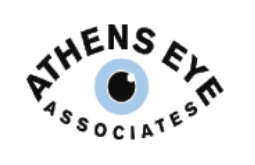Dry eyes affect millions—no need to suffer. The first goal is to identify the type of dry eye. It falls into two categories: aqueous deficient (not enough tears) or evaporative (tears dry up quickly). Blepharitis involves the inflammation of the eyelids.
Dry eyes can present themselves in various ways, including pain, irritation, a gritty or sandy feeling in the eyes, decreased or fluctuating vision, and red, blood-shot eyes. Certain medical conditions, such as arthritis, rosacea, thyroid complications, diabetes, connective tissue disorders, and auto-immune conditions, contribute to the dryness as well as medications such as antihistamines, antidepressants, blood pressure medications, or sleeping aids.
We employ advanced testing techniques to assess the dry eye complications and tailor the treatment for each individual. These options include artificial tears, topical and oral medications, home therapy techniques, specialty contact lenses, and temporary or permanent plugs to reduce the drainage of tears. If necessary, autologous serum drops can be made specific to the individual.
Blepharitis involves the inflammation of the eyelids and can cause swelling, reddening, crusting, itching, or burning. It may appear by itself or in conjunction with dry eye syndrome. It can be linked to certain eye conditions, such as a bacterial growth on the skin or allergies. Management is tailored to each patient’s cause and symptoms.
